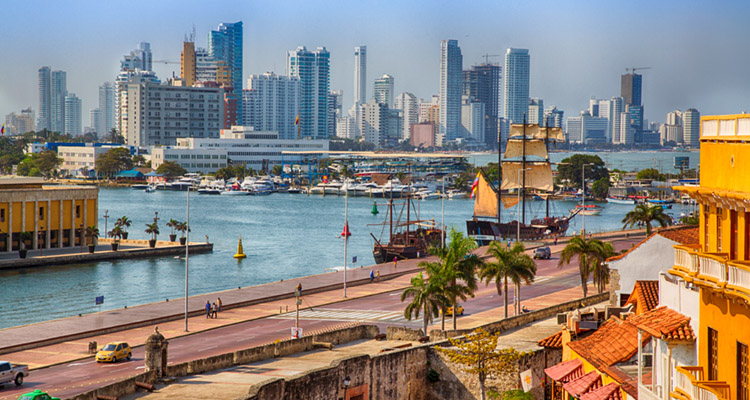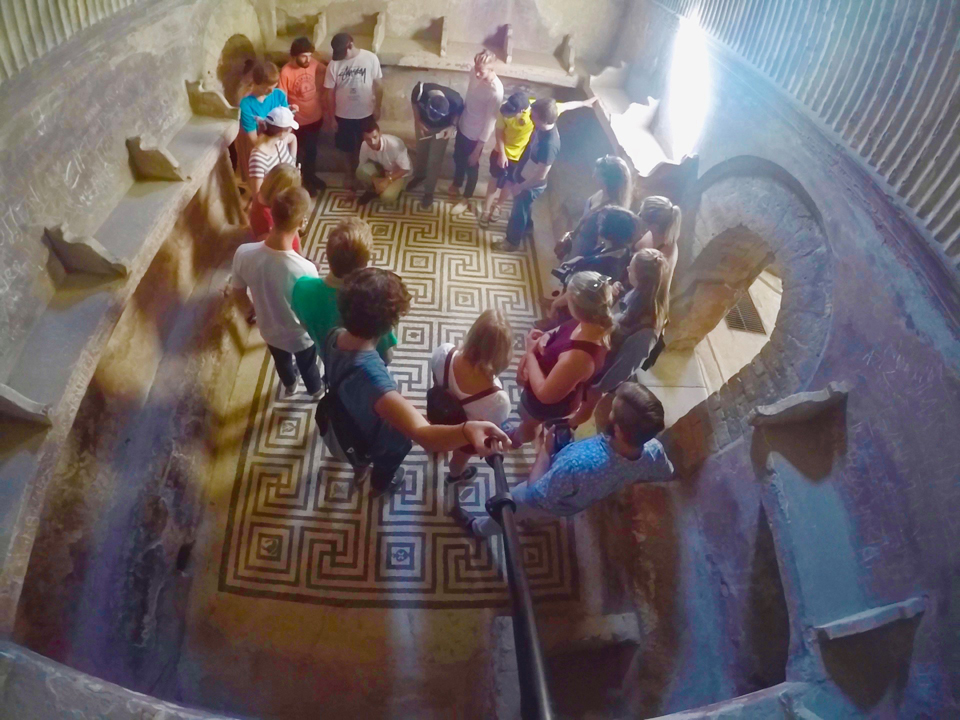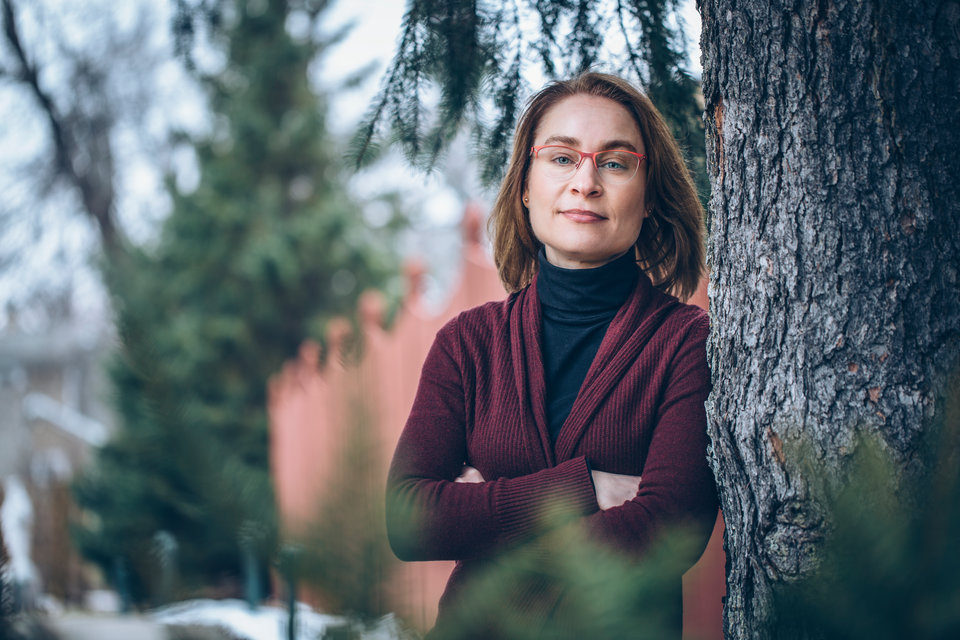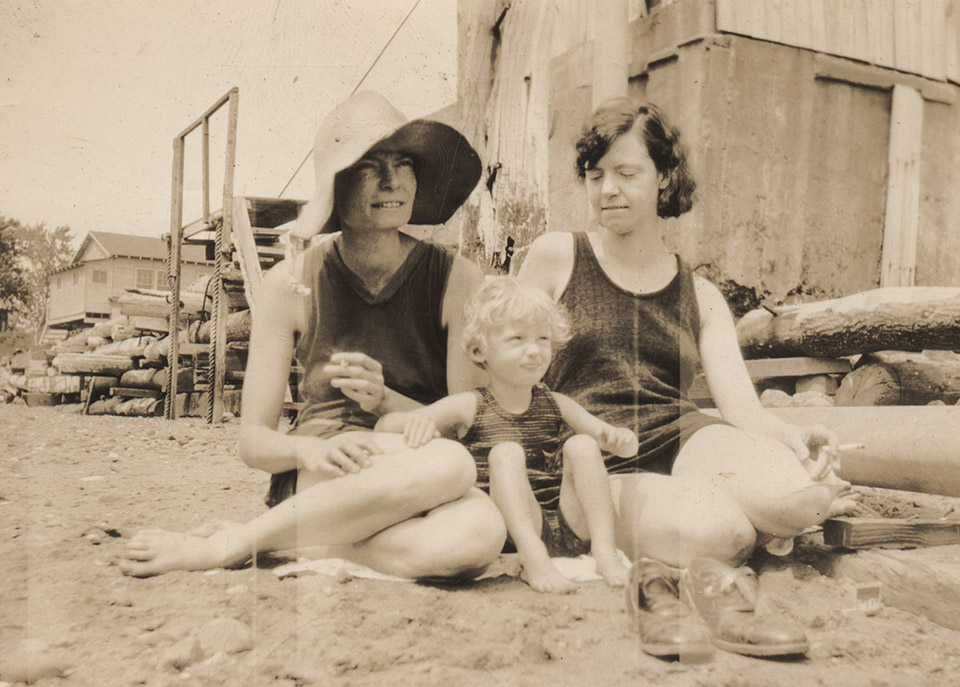I teach Latin American culture at the University of St. Thomas, which is like saying I attempt the impossible task of teaching about the cultures of a large group of very different countries every year. For the sheer breadth and extent of its object of study, selecting what will be included in an introductory Latin American Culture and Civilization course always is challenging. I live in a state of constant heartbreak for all the information I have been forced to exclude in order to narrow the field to a semester’s worth of essential material. Information overload arises because many students do not come to class with background knowledge on Latin America and often think of Latin America as a uniform entity. In the process of crafting a syllabus for the Culture and Civilization course, I must foreground some countries at the expense of others I must push to the background. For instance, I present Bolivia as an example of a country trying to decolonize its culture or Chile as a case analysis of the implementation of market-oriented policies and the ensuing social inequality. Brazil works as a great illustration of the construction of race in Latin America, and focusing on Argentina helps to demonstrate how societies may pursue justice after dictatorial governments. While these choices help to convey to my students the meaningful differences among countries in the region, complex socio-political issues in, for example, Uruguay, Peru or Ecuador may not receive the attention they deserve.
There are many painful events in the region’s history. Nowadays, structural poverty and organized crime violence run havoc in countries such as El Salvador and Honduras, but while I do not hide these realities, I do not make my class a catalog of horrors. Latin America’s history is replete with both resilience and creativity, fraught with setbacks and buoyed by incredible advances. I work hard to avoid what Francine Masiello, a literary critic in the field, calls “tourism of abjection,” an attitude that might be described as a detached metaphorical stroll to visit the pain of others. I strive to emphasize to my students that people in Latin America are not waiting for saviors; learning about Latin America’s history tells us that there is an undying sense of independence and self-reliance among the people that defies any characterizations painted with victimization.
To that end, one of my main objectives is disabling stereotypes while promoting a more nuanced appreciation of the multiplicities of Latin American culture. I provide students with a knowledge of history and power relations that prompts them to ask the critical question about a country’s current situation: How did we get to this state of affairs? This is a recurrent, working inquiry that attempts to avoid essentializing the Latin American experience. Through this style of pedagogy, students quickly are disabused of the stereotype that “Latin Americans just love revolutions,” but teaching via historical perspective brings its own set of difficult choices. For instance, in the interest of time I have to fly through fascinating pre-Columbian civilizations in order to begin to adequately unpack 300 years of colonial rule. During this foundational time, cities are planned, the church asserts its uncontested power, Africans are brought as slaves, and indigenous peoples and Peninsulares (people from the Iberian Peninsula) come into contact for the first time, creating a unique Latin American culture that is recognizable to students today. Throughout the ensuing centuries, waves of immigrants from all over the world have arrived in Latin America and enriched its culture: from the Jewish communities that settled in Buenos Aires to the Japanese workers in Brazil who established the biggest Japanese city outside Japan, to the millions of Arabs who have made Latin America the home of the biggest Arab diaspora in the world. The region is widely diverse; I try to convey to my students just how much.
And in some semesters, after all that planning and the subsequent difficult decisions on what to include, an unanticipated and deserving topic finds us, as happened last September with the disappearance of 43 Mexican students from Ayotzinapa. This case struck a chord among my St. Thomas students for its sheer violence, the lack of government interest to solve it and its confusing ties to narco cartels. Quickly, my students formed a Facebook page where they could post news and comments on the case’s developments. About 360 people, mostly members of the UST community, have become members of the group, where we still share our observations, well after the end of the fall semester. In class we discussed how providing our continuing attention to this dire issue was a way of showing solidarity with the Mexican students, their families and the people fighting to find out the truth behind their disappearance. We have continued to do so.
To bring to the forefront our U.S. interconnectedness with Latin America, I also ask my class to consider product consumption and the impact of buying choices. A dark and aromatic cup of coffee from Guatemala can be the starting point for discussions of how commodities have shaped an extractive economy since colonial times. From simple, but many times absent, questions such as “Who harvested the coffee? How did it get to our table? Who has profited from its trade?” we delve into environmental and social justice issues. Students look into how the appetite for organic products and “super foods” (such as quinoa or açaí berries, to name a couple) in the global north is propelling not only fair-trade initia- tives and farmer cooperatives in regions of Latin America but also is creating stress on vital resources such as soil and water. In our quest for the answers, I invite experts to dialogue with my students and help us better understand the issues at hand. For instance, Peace Coffee, the local fair-trade coffee company, has visited our class for three years in a row to educate our students on the complex, perilous trip that a cup of organic coffee from Latin America takes to arrive in our reusable campus mugs.
Study abroad is one of the best tools I have to bring to life issues that may seem far-removed from the St. Paul campus. The classroom always will be, no matter how well-structured and organized the material, an artificial laboratory for language and culture. When students are immersed in the target culture and language, learning takes a more organic path. In January, students and I spent a month in Argentina looking into the lessons from its recent history. From 1976 to 1983 Argentina was governed by a military junta that violated human rights on an unprecedented scale: Thousands of people “disappeared” (illegally detained and murdered), were tortured or sent into desperate exile. Some children born in captivity saw their identities stolen as they were given in adoption to military families or families with close ties to the regime. With the return of democracy, Argentineans have been trying to reconstruct the fiber of their society. As Mario Villani, a survivor from one of the junta’s most notorious clandestine detention centers, has expressed, this task is like trying to put together a puzzle when a bunch of its pieces have been taken away and will be forever missing. The work of memory always will be imperfect, incomplete. When St. Thomas students heard from people working on that puzzle first hand, their questions were insightful, deeply respectful and productive, which showed how this human connection deepened their intellectual inquisitiveness about how societies remember. As one student noticed, after all the pain some of our speakers had endured, they seemed at peace, free from negative feelings of revenge, and motivated to reconstruct the torn fabric of their community from a place of peace. I noticed that my students’ command of the Spanish language, already at an advanced level, became more fluent and confident. Observing them wrestle with these realities, I witnessed the unparalleled intensity of experiential learning across cultures.
Teaching about Latin America builds a healthy tolerance to ambiguity and develops an instinct at reading meaningful silences, such as when I was asked during a class why there isn’t more information about African slaves brought to Argentina (mainly, because for centuries, the country systematically erased the African- Argentinean presence from its official culture). In other words, learning about Latin America is fascinating because it requires sharp critical-thinking skills, and that approach can be applied to any other field of inquiry or simply to becoming more critical of messages around us. I try to, more than anything, show my students that we interact in intimate ways with Latin America, its ideas, its realities and its products. It is not a remote area whose culture is just different from theirs; Latin America interacts with all of us. Not understanding how those interactions take place impoverishes our understanding of our reality. Latin American culture and its current issues are all around us, if we know how to look and to question, and if we know to not be afraid to follow where the answers lead us.
Read more from CAS Spotlight.





